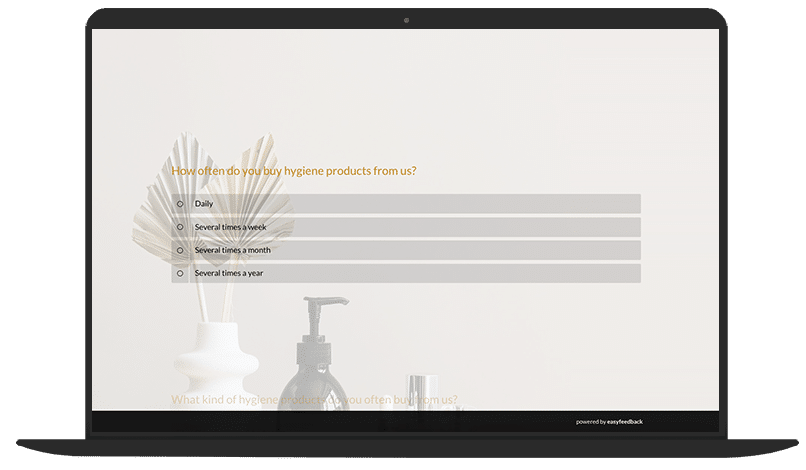Method 1: Demographic analysis
This method looks at basic customer characteristics such as age, gender, income, occupation, education level, and marital status.
Demographic data helps to segment target groups and develop tailored offers.
Method 2: Behavioral analysis
Behavioral analysis examines how customers interact with products or services.
This includes purchase frequency, average order value, preferred channels, and response patterns to advertising measures.
Analyzing this data enables accurate predictions of purchasing decisions.

Method 3: Psychographic analysis
This method goes beyond demographic data and considers customers’ attitudes, values, interests, and lifestyles.
Psychographic profiles help companies build emotional connections and better tailor their communication to the target group.
Method 4: Customer surveys and feedback
Direct surveys, interviews, and online customer surveys provide qualitative and quantitative information about customer satisfaction, wishes, and criticisms.
This data is valuable for continuously improving products and services.
Social media offers a rich source of customer information.
The evaluation of likes, comments, shares, and user profiles makes it possible to identify trends and better understand the target group.
Method 6: Usage and transaction data
By analyzing usage data, for example from web shops or mobile apps, you can gain a detailed understanding of purchasing behavior and the customer journey.
This involves analyzing click paths, dwell times, and abandoned purchases.
Method 7: Cluster analysis and data mining
Statistical methods and modern algorithms are used to evaluate large amounts of data in order to identify patterns and customer segments.
This automated analysis supports the personalization of offers.
Conclusion
Analyzing customer profiles is a key component of successful corporate strategies.
By combining different methods, companies can gain a comprehensive picture of their customers and thus develop tailor-made offers.
It is important not only to collect data, but also to interpret it in a targeted manner and translate it into concrete measures.
This is the only way to strengthen customer loyalty and secure long-term competitive advantages.




